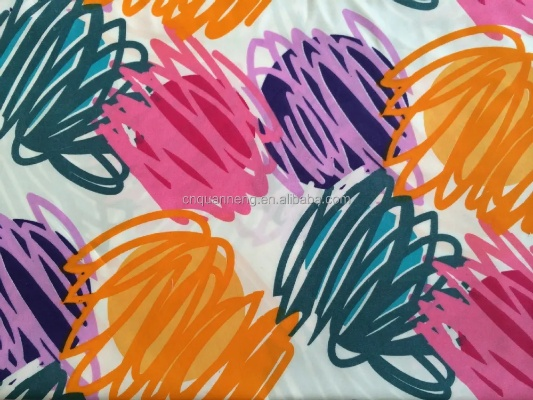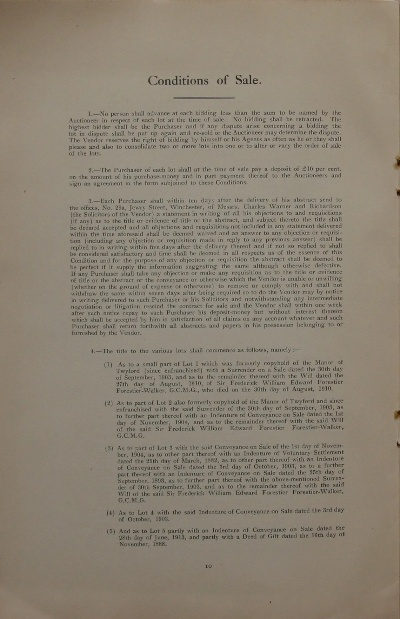The Impact of Moisture on Textiles:A Comprehensive Analysis
This study delves into the intricate relationship between moisture and textiles, offering a comprehensive analysis of its influence on various fabric properties. The paper elucidates how moisture interacts with the chemical structure of fibers, resulting in changes in their physical properties such as strength, elasticity, and flexibility. It further discusses the impact of moisture on the performance of textiles, including their ability to absorb, hold, and release water, which can affect their durability and comfort. Additionally, the study explores the potential risks associated with moisture exposure, such as mold growth and rotting, and highlights the importance of maintaining appropriate moisture levels for the preservation of textiles. Overall, this research provides valuable insights into the complex interplay between moisture and textiles, emphasizing the need for effective moisture management strategies to ensure the longevity and quality of these materials.
Introduction: Textiles are an essential part of our daily lives, providing comfort, style, and functionality. However, moisture can have a significant impact on the quality and longevity of textiles, especially in humid or damp environments. In this article, we will explore the effects of moisture on textiles and provide insights into how to mitigate these effects for better performance and durability.
Impact of Moisture on Textiles: Moisture is a natural component of the environment that can affect textiles in various ways. Here are some common effects of moisture on textiles:
-
Fabric Deterioration: Moisture can cause fabrics to deteriorate over time, leading to wear and tear. This is particularly evident in cotton, linen, and wool fabrics, which tend to absorb moisture more readily than synthetic fabrics like polyester or nylon.

-
Color Changes: Moisture can cause color changes in textiles, such as fading or discoloration. This is particularly problematic in colors that are sensitive to light exposure, such as blue or green shades.
-
Bulging and Shrinkage: Moisture can cause textiles to bulge or shrink, reducing their shape and size. This is particularly common in lightweight fabrics like linen or silk, which tend to expand when wet.
-
Microbial Growth: Moisture provides an ideal environment for microbial growth, which can lead to mold or mildew formation on textiles. This can cause damage to the fabric and make it unsanitary to use.
-
Structural Damage: Over time, moisture can cause structural damage to textiles, leading to holes, tears, or other forms of wear and tear. This is particularly common in high-traffic areas where moisture accumulates.
Effects of Moisture on Different Textile Types: Different textile types have varying susceptibilities to moisture, and the effects of moisture on them can vary accordingly. Here are some examples:
-
Cotton: Cotton is highly absorbent and prone to deterioration due to moisture. It can become soiled, lose its shape, and develop stains or discolorations.
-
Linen: Linen is also highly absorbent and prone to color changes due to moisture. It can become wrinkled and lose its softness.
-
Wool: Wool is a natural fiber that is highly resistant to moisture but can still become soiled or stained due to moisture. It can also become wrinkled and lose its shape.
-
Polyester: Polyester is a synthetic fiber that is not as susceptible to moisture damage as cotton or linen. However, it can still become soiled or stained due to moisture.
-
Nylon: Nylon is a synthetic fiber that is not as susceptible to moisture damage as cotton or linen. However, it can still become soiled or stained due to moisture.
Mitigating the Effects of Moisture on Textiles: To mitigate the effects of moisture on textiles, there are several strategies that can be employed. These include:
-
Proper Care and Cleaning: Proper care and cleaning of textiles is crucial in preventing moisture damage. This includes washing them regularly, using appropriate detergents, and avoiding prolonged exposure to water.
-
Airing and Drying: Airing and drying textiles properly can help prevent moisture buildup and reduce the risk of damage. This includes using a dryer with low heat settings and airing out clothing before wearing.
-
Proper Packaging: Proper packaging of textiles can help prevent moisture from accumulating during shipping or storage. This includes using moisture-resistant packaging materials and ensuring that textiles are well-sealed during transportation.
-
Use of Antimicrobial Agents: Antimicrobial agents can be added to textiles to prevent microbial growth and reduce the risk of mold or mildew formation. This can be especially useful in high-traffic areas where moisture accumulates.
-
Regular Maintenance: Regular maintenance of textiles can help prevent moisture damage and extend their lifespan. This includes regular cleaning, repairing any damage caused by moisture, and replacing damaged textiles when necessary.
Conclusion: Moisture can have a significant impact on textiles, causing deterioration, color changes, bulging and shrinkage, microbial growth, and structural damage. However, by taking proper care and implementing effective strategies for mitigating moisture damage, textiles can remain durable and comfortable for years to come.

在日常生活中,我们经常接触到各种纺织品,它们不仅是我们穿着的衣物,更是我们生活的必需品,湿气对纺织品的影响却不容忽视,本文将深入探讨湿气对纺织品的影响及其案例分析。
湿气对纺织品的影响
纺织品吸湿性变化
湿气对纺织品的吸湿性有很大影响,在潮湿环境下,纺织品容易吸收水分,导致其质地变软、变形,甚至出现霉变等问题。
纺织品耐久性降低
长期处于潮湿环境下,纺织品容易受到细菌、霉菌等微生物的侵蚀,导致其耐久性降低,这不仅影响纺织品的外观质量,还可能引发各种质量问题。
案例分析
衣物受潮现象
在日常生活中,衣物受潮是一个常见问题,在梅雨季节或潮湿地区,衣物很容易受潮,受潮后的衣物不仅影响穿着体验,还可能引发细菌滋生等问题。
棉质纺织品霉变现象
棉质纺织品在潮湿环境下容易发生霉变,一些棉质睡衣在潮湿天气下可能会出现霉斑,这不仅影响穿着体验,还可能引发健康问题。
湿气对纺织品的影响案例说明
为了更好地理解湿气对纺织品的影响及其案例分析,我们可以使用以下英文表格进行说明:
| 类别 | 描述 | 案例分析 |
|---|---|---|
| 吸湿性变化 | 在潮湿环境下,纺织品容易吸收水分,导致质地变软、变形 | 衣物受潮现象 |
| 耐久性降低 | 在潮湿环境下,纺织品容易受到微生物侵蚀,导致耐久性降低 | 棉质纺织品霉变现象 |
| 影响因素 | 湿度、温度、微生物等 | 其他纺织品的潮湿环境 |
| 影响后果 | 导致纺织品外观质量下降、出现霉变等问题,可能引发细菌滋生等问题 | 影响穿着体验、引发健康问题等 |
预防与应对措施
为了防止和应对湿气对纺织品的负面影响,我们可以采取以下措施:
- 选择合适的纺织品材料:选择吸湿性较小、耐久性较好的纺织品材料,以减少湿气对纺织品的负面影响。
- 注意存放环境:将纺织品存放在干燥通风的地方,避免潮湿环境对其造成损害。
- 使用防潮剂:在潮湿环境中使用防潮剂可以有效地防止纺织品受潮。
- 定期清洁和维护:定期清洁和维护纺织品,保持其清洁卫生,避免微生物滋生等问题。
湿气对纺织品的影响不容忽视,在日常生活中,我们应该注意选择合适的纺织品材料和存放环境,采取有效的防潮措施,以避免湿气对纺织品的负面影响,我们也应该关注其他纺织品的潮湿环境,共同营造一个健康、舒适的生活环境。
Articles related to the knowledge points of this article:
Understanding the Price Ranges of Common Textile Products in Jiangsu
A Glimpse into the Dynamics of Suzhou Silk and Dyeing Market
Utilizing Textile Waste to Create a Green Future in Wuhu
Narishima Textiles:Crafting the Perfect Blend of Quality and Style



